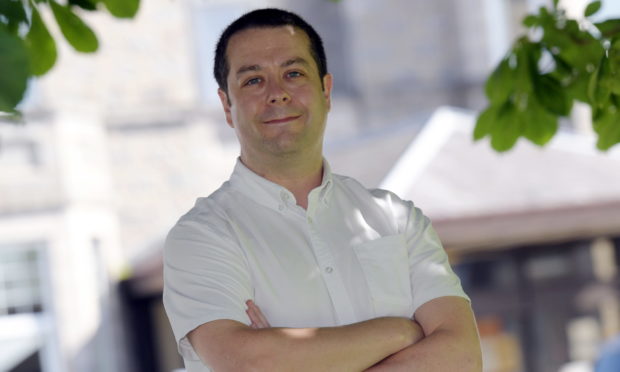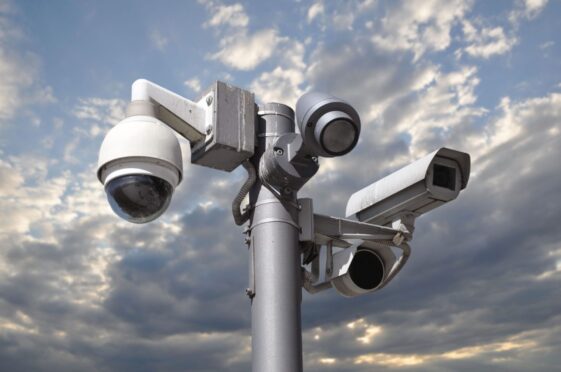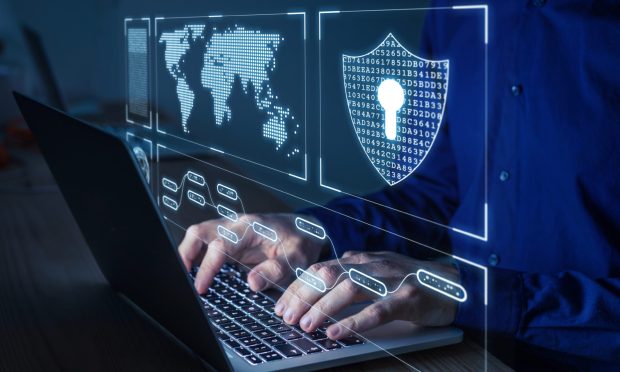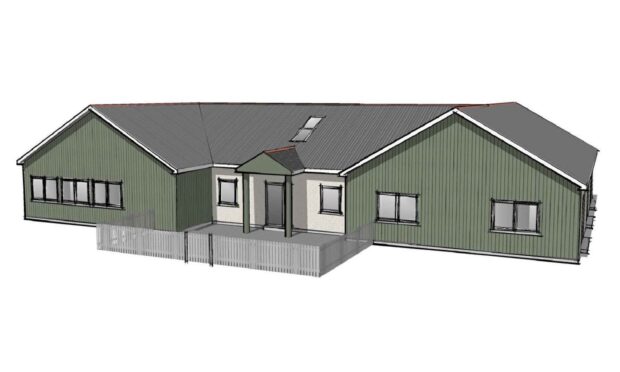People are being encouraged to take regular exercise amid an increase in reports of back, neck and shoulder pain.
A north-east physiotherapist says poor home-working conditions and the impact of lockdown restrictions have led to a rise in the numbers suffering musculoskeletal conditions.
Many patients are being helped by physios like Paul Gray, under a new scheme designed to offer better care and free up GPs.
A growing number of surgeries across the region now have first contact practitioners, who can be called upon to offer specialist advice in the first instance.
And for Mr Gray, an advanced practice physiotherapist working in Aberdeen, one ailment is seemingly more common than others.
“In the last few months a lot of people have been mentioning sore backs, necks and shoulders,” he said.
“A lot are related to the fact that they’ve been sitting at home a lot more, perhaps at a workstation that really isn’t meant for them.
“People are using dining room tables – or coffee tables in some cases – and not thinking about their posture or moving around enough.”
Mr Gray says a lack of regular exercise during lockdown has also been harming people’s health.
This includes those who have been shielding and staying indoors, or who have failed to replace now-cancelled sports or gym memberships with other activities.
Some also fall into a third category of patient, Mr Gray said, with those who were not previously active but have found themselves doing much more during the lockdown.
“There are people who have had time off work and all of a sudden they’re doing too much,” he added.
“It’s just that they’re not used to it.”
Mr Gray has been simply recommending “movement” to many patients – encouraging them to walk around and not stagnate in one position for too long.
He is also able to refer patients to resources including the Healthy Working Lives website and the NHS Fitness Studio, which offers online exercise videos.
He said: “The best thing to do is to move regularly, but that’s not always possible.
“If you’re in a video-conference while working from home for 45 minutes you can’t just get up for a walk in the middle of it.
“But generally, the more people can move, the better.”
Mr Gray added: “We are trying to get people to be aware of their activity so they have less pain in the long-term.
“We are trying to change patients behaviours and exercise is a big challenge.
“Lots of people would rather a quick fix or a painkiller – but exercise is probably the best solution.”










